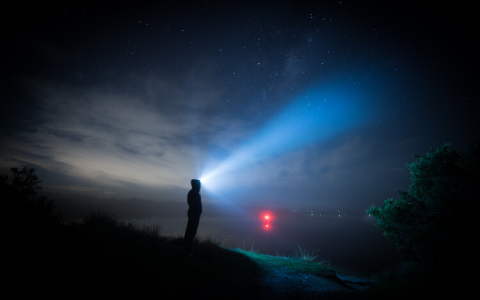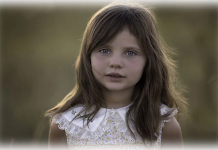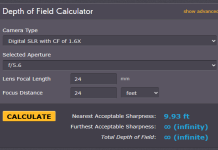So, I’d been seeing all these cool nighttime portraits online, you know, the ones with the city lights blurred out in the back? Looked awesome. I figured, how hard can it be? Decided to give it a shot myself one evening.
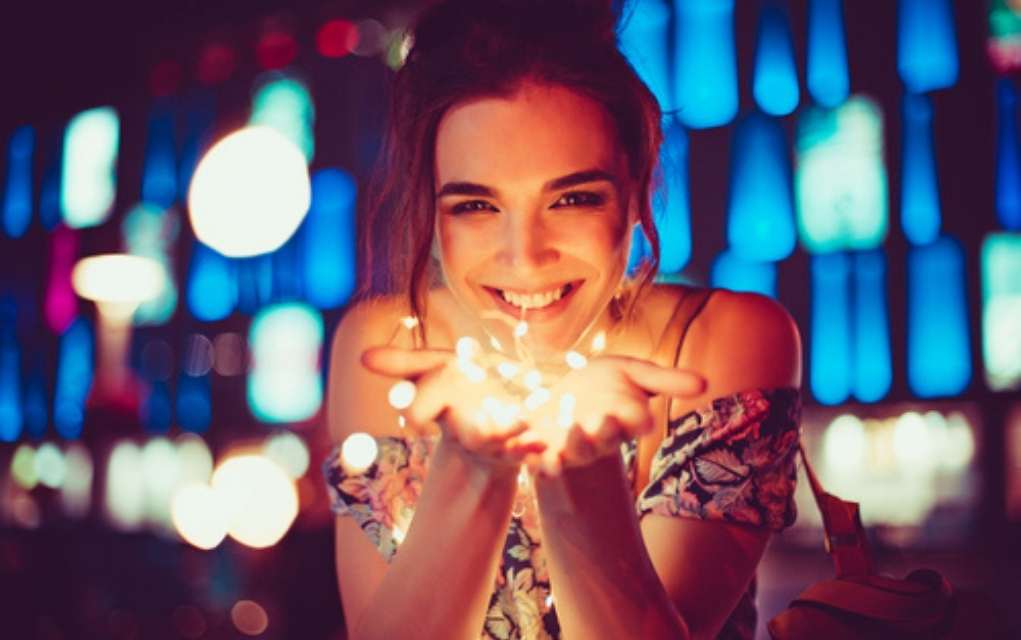
Didn’t want anything too complicated for the first try. Just went downtown where there are plenty of streetlights and maybe some shop window lights. Grabbed my usual camera, nothing fancy, and the lens I use most often, a 50mm because it’s pretty good when it gets dark. I did think about a tripod, but honestly, I wanted to move around easily, so I decided to try handheld first. Figured I’d just bump up the ISO a bit if needed. Asked my buddy Alex if he’d be willing to stand around in the cold for a bit while I messed around. Luckily, he was game.
Getting Started on Location
Alright, so we got downtown. It was darker than I expected, obviously. First few shots? A blurry mess, total garbage. Holding the camera steady was tough, even when I tried leaning on walls or posts. And focusing? Oh man. The autofocus on my camera was just going back and forth, hunting like crazy in the dim light. Had to switch over to manual focus quite a bit, which really slows things down when you’re trying to capture something that looks natural.
Streetlights were okay, I guess, but the light was kinda harsh and super orange. Didn’t look great on skin. Then we found this spot near a store window that had some brighter, softer light spilling onto the sidewalk. That was much better. Positioning was key here. I had Alex stand so the window light hit just the side of his face. This created some nice shadows on the other side, made it look more dramatic, you know, less like a cheap snapshot taken right under a bright streetlight.
- Tried having him face the light directly – looked too flat, boring.
- Tried with his back to the light – he just turned into a shadow, a silhouette, which wasn’t what I wanted this time.
- Side lighting definitely seemed like the winner for the mood I was after.
I didn’t bring any extra lights with me this time around. Really wanted to see what I could manage with just what was already there on the street. Sometimes keeping things simple forces you to actually look around and figure things out, right?
Alex was pretty patient, thankfully. I just told him to look around, lean against a wall, maybe pretend he was waiting for someone. Nothing too posey or stiff. The manual focus was still tricky though. I ended up using the camera’s live view screen, zoomed way in, to try and make sure his eyes were sharp. Definitely took way more shots than I normally would just to get a few that were actually in focus.
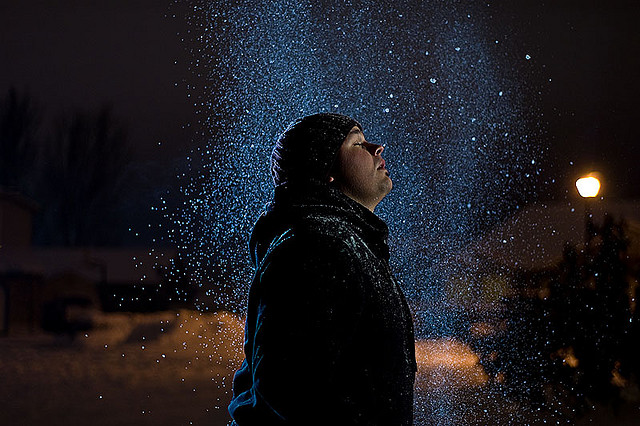
What I Figured Out
So, what did I learn from this little adventure? Well, first off, nighttime portraits are definitely harder than those slick photos online make them look. Big surprise, I know. You really, really need to think about the light – where it’s coming from, how strong it is, what color it is. Available light can totally work, but you gotta be prepared to hunt around for the good spots, the pockets of nice light.
Next time I try this? I think I might actually bring a small light source, maybe just a little cheap LED panel I have. Could use it to add just a bit of fill light on the shadow side of the face, or maybe create a little catchlight in the eyes. And maybe, just maybe, I’ll swallow my pride and actually bring that tripod. Especially if I want cleaner shots with less graininess by using a lower ISO. Handholding is possible, sure, but you either need rock-steady hands, a lens that lets in way more light, or you just have to accept that you’ll be deleting a lot of blurry pictures.
The photos I did manage to keep weren’t perfect by any means, but they definitely had that moody, atmospheric vibe I was kind of hoping for. And those blurry background lights (bokeh, I think that’s the fancy word?) looked pretty cool, gotta admit. Overall, it was a fun experiment, and I’m definitely gonna try it again soon now that I have a slightly better clue about what I’m doing. It’s all just about getting out there, trying stuff, messing things up, and learning as you go along. That’s how it works.

